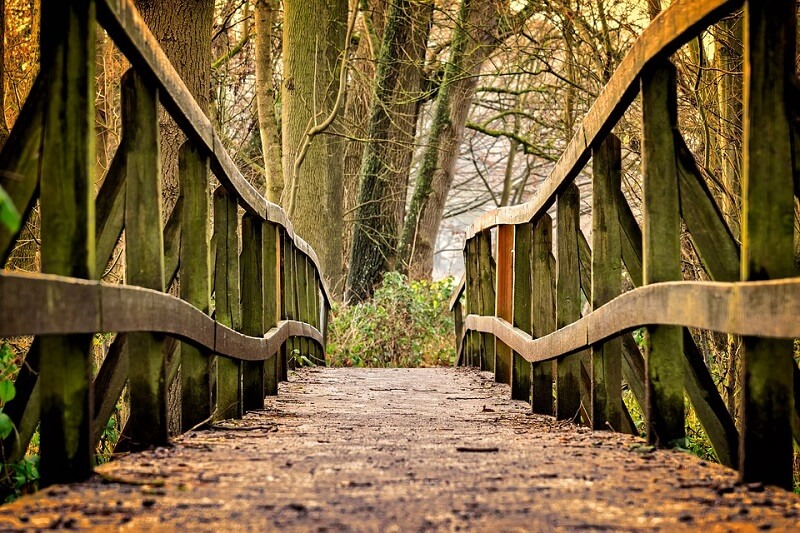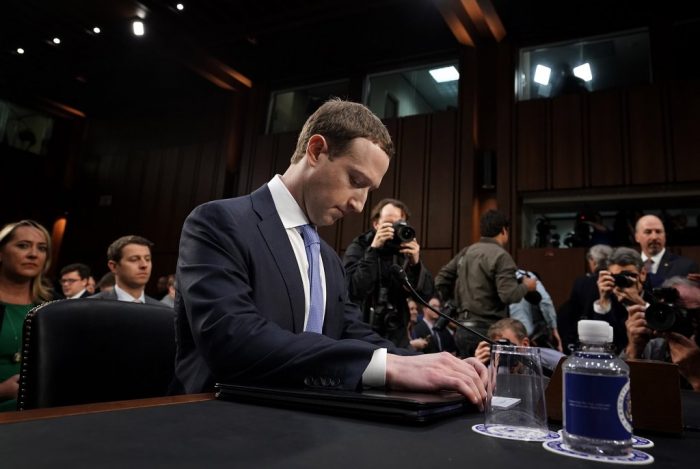Opinion: The Military Believed Nature Could Heal. It’s Time for Others to Follow

By Dr. Frederick O. Foote
The writer is a retired U.S. Navy captain and Navy physician and a Scholar at the Nova Institute for Health in Baltimore. He leads the Epidaurus Project, which aims to integrate whole-person care in hospitals and clinics throughout the U.S. military health system. A practicing neurologist for 20 years, he served in Operation Iraqi Freedom as a staff neurologist and assistant medical department head on the USNS Comfort. He is the author of “Medic Against Bomb: A Doctor’s Poetry of War.”
This Veterans Day, I’d like the health care community, including policymakers and advocates, to consider better ways to care for veterans and all Americans using proven, non-medical interventions such as nature and art.
Twenty years ago, we realized we needed a better way to care for American troops — 30% of whom were coming home from Iraq and Afghanistan with traumatic brain injuries and post-traumatic stress disorder. Conventional medicine alone wasn’t working. Our wounded warriors needed more than just medical care.
So we assembled a team of military service members, architects, engineers, landscape architects, research scholars and health care professionals who designed whole-body treatments for service members. Our goal was to treat the mind, body and spirit — not just one organ. Fortunately, the military was willing to take a chance on our ideas.
The new system of holistic care at the Naval Support Activity Bethesda — the home of Walter Reed National Military Medical Center — includes 12 programs that, in combination with traditional interventions such as medication and psychiatry, are helping veterans. Practices that include healing buildings, family-centered care, wellness initiatives, and healing through art, nature and spirituality are now used at Bethesda and throughout the military system.
One of these programs is the “Green Road,” which comprises 8 acres of a woodland ravine that follows Stoney Creek, a tributary of Rock Creek, and is the nation’s largest wild-type healing garden. Located between the main patient residence and the hospital rehabilitation facilities on the military medical base, its size allows for total immersion in nature, so visitors can experience a separate, unspoiled world as they undergo treatment.
Anyone who enters also sees a way out with “clear sight lines,” which enhances the observation of nature and supports the visitor’s sense of safety.
In contrast to many other spaces created to support health and healing, the Green Road remains largely rustic and undisturbed. War is a wild thing, its damage is a wild thing, so we thought it should be healed by something wild.
The Green Road provides wounded service members several places to connect, reflecting the communal nature of military life. It also provides a place to de-stress. Evidence-based studies show that exposure to nature reduces levels of perceived stress, anxiety and depression while boosting self-esteem and a sense of well-being. There’s no psychiatry involved in the Green Road — nature unprogrammed will heal.
One of our key partners is Nature Sacred, a foundation based on the philosophy that nature heals, restores and unifies us. As evidenced at the Green Road, it can also serve as a sanctuary to encourage reflection and honor those we’ve lost.
Since its opening, the Green Road has provided more than 12,000 servicemembers and their families with a way to find respite, sustenance and an encounter with nature. It also supports health care workers, who must manage their own trauma while they care for others.
What we have observed at the Green Road so far are statistically measurable increases in privacy, respite, relaxation, openness and mindfulness. Our team continues to study the physiological, biological and psychological responses to spending time on the Green Road. Using a new set of metrics designed to measure whole-body healing, future studies will look at biomarkers of stress, analyze participants’ journals and stories, and examine changes in gene expression.
We know that in conjunction with organ-system care, whole body medicine — that includes a connection to nature — is safe, effective, affordable, popular with patients, measurable and feasible for implementation in conjunction with conventional care.
It doesn’t have to be one or the other. But we also need to further develop ways to measure the effects of whole-body interventions, which are essential to the future of health, well-being and medicine. Measuring the impact will allow us to replicate this work elsewhere, based on the evidence.
Over the past nearly two years as our country has struggled with COVID-19, we’ve heard many reports about how the outdoors has provided a balm to our mental wounds. This is an opportune time for others to follow what the military did at Walter Reed and across the country, and perhaps even to take our work one step further to benefit both veterans and civilians.





 Creative Commons Attribution
Creative Commons Attribution